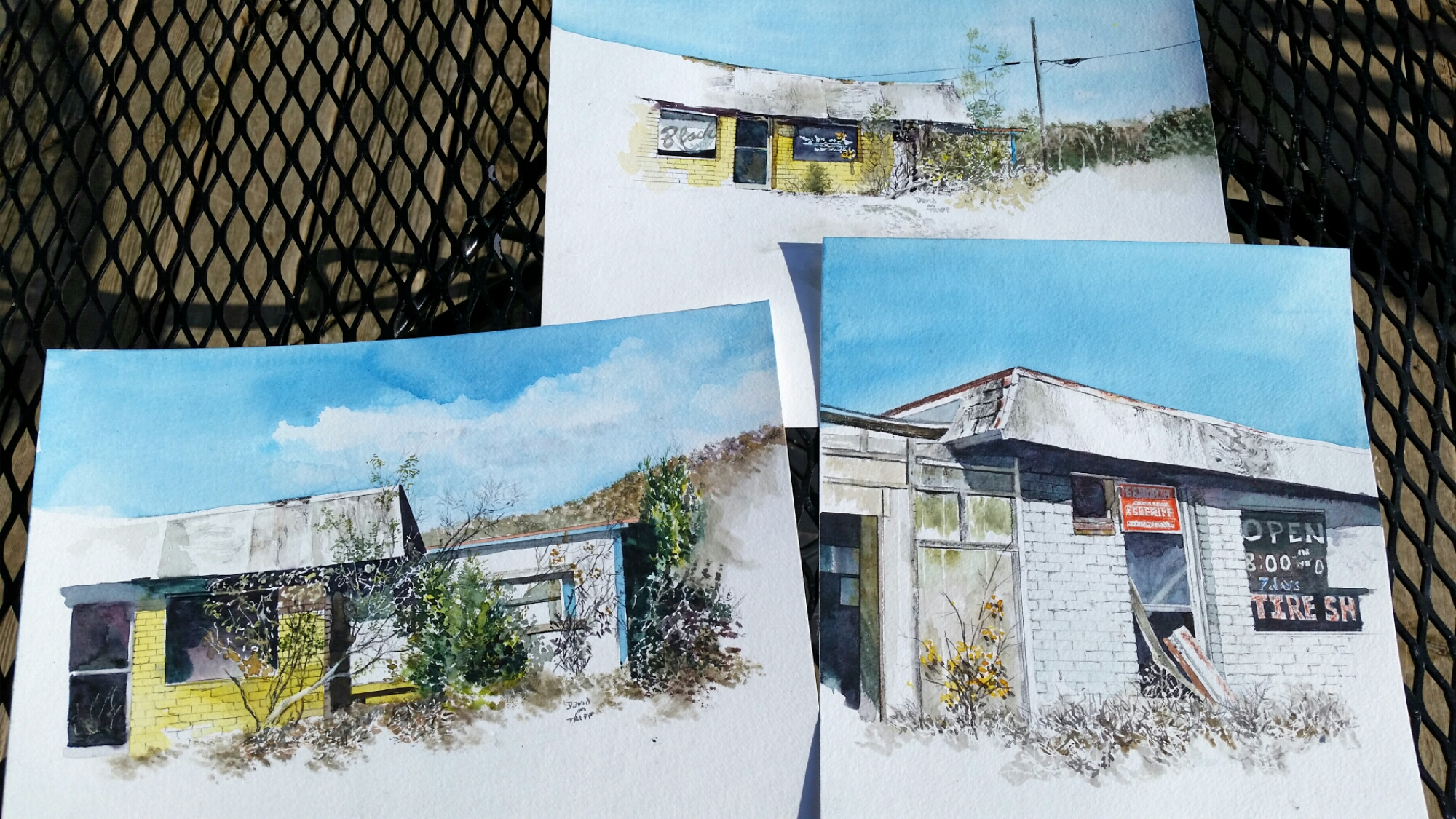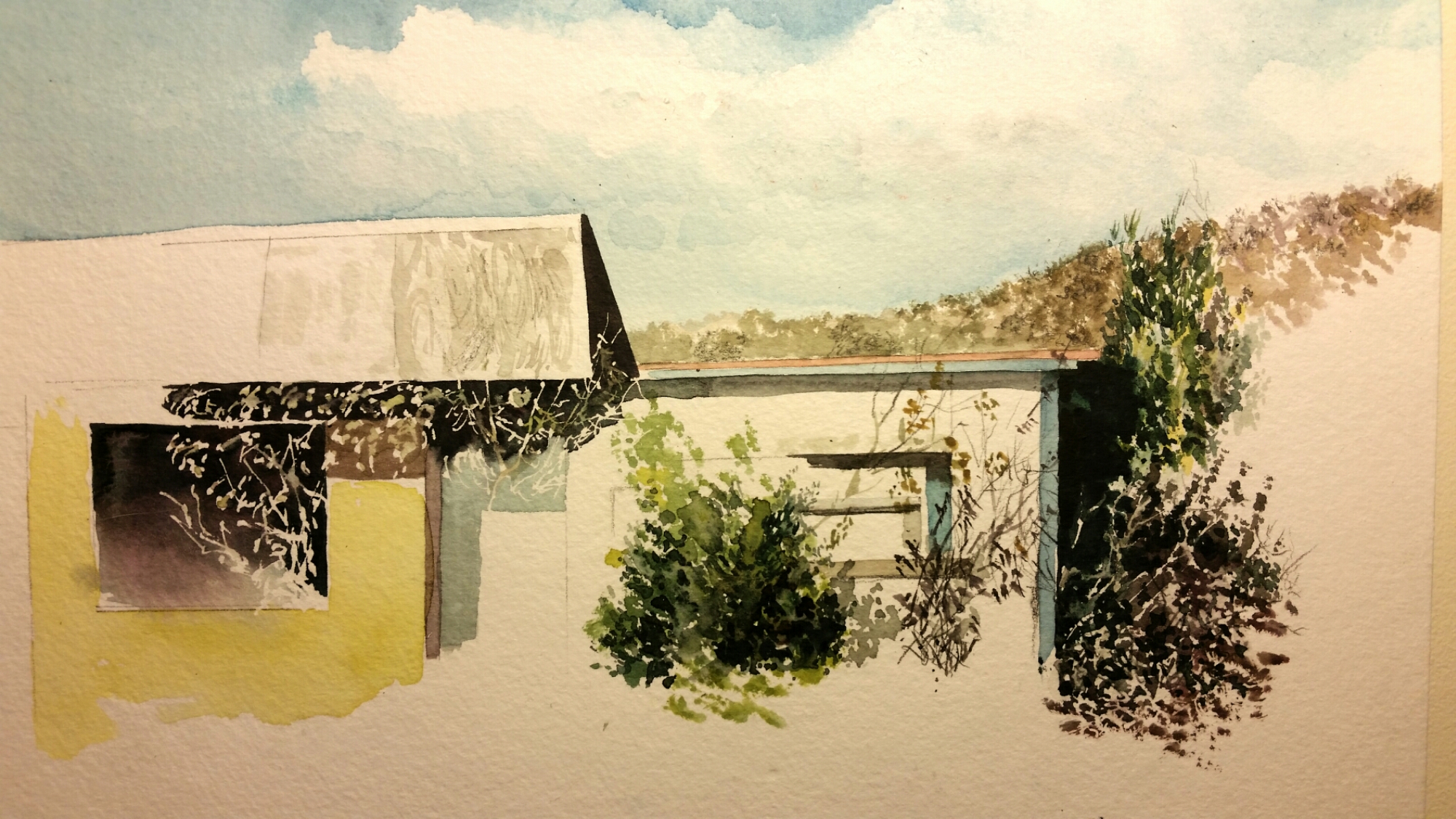
What is that feeling when you’re driving away from people and they recede on the plain till you see their specks dispersing?—it’s the too-huge world vaulting us, and it’s good-bye. But we lean forward to the next crazy venture beneath the skies.
Jack Kerouac, On the Road
During this dog-day July heat in St. Louis, I’ve spent some time reworking a manuscript I began last year. I’m releasing the Introduction as it currently stands. I have six chapters written, but I continue to revise. I find great pleasure in that. And I hope someone can find pleasure in reading the following:
A Week on the Laguna Madre
INTRODUCTION
Cleansing the Eye:
Recollections from a Grateful Artist-in-Residence
“Gauguin returned from his first Tahitian sojourn in 1893 with enough canvases and carvings to constitute a one-man show; but he knew that the strangeness of his Tahitian imagery would require some stage-managing if it was to be a success. He had in mind the idea of producing a book that would introduce and explain his imagery to a Parisian audience.” [1]
How do I introduce myself as quickly as possible and then get out of the way? I am aware that I am writing a book about what is flowing through my mind, but I hope, Dear Reader, that I am also creating a space into which you may enter, explore and discover deeper layers of yourself as well. I have never believed that quality reading is a passive exercise; you the reader create your own world as you read my words and interact with this text. Upon completion and release of this book, I will not go forth into the rest of my life, wondering whether or not I am remembered; I just want to make a contribution. I want someone’s life to improve because they spent time with me in this work.
So, what exactly am I? An unfrustrated public school teacher who has had the pleasure (for the most part) of doing as he pleased for more than a quarter of a century. Like many others, my career did not go in the direction I had intended, but I have found immeasurable pleasures in what I have encountered. And now, my only real issue is figuring how to make a gift of the knowledge and experiences that have enriched me throughout these years. My lifestyle, in this worldly sojourn, has been to absorb knowledge, Faustlike, and imbed these observations in lesson plans, lectures and paintings, hoping always that others could receive something significant from the encounters. I never expected others to see the world my way, but always hoped to deal an ace worth picking up and inserting into someone else’s poker hand.
Why did Henry David Thoreau go to Walden Woods? My perspective has been this: he received a vaunted Harvard degree, and with it a skill set, an academic toolbox. But early in life, he reached the conviction that all knowledge he had received up to that point was secondary. All the divines whom he had read received their truths directly from nature, he from their books and lectures. He had lived out Emerson’s complaint that opened Nature in 1836:
The foregoing generations beheld God and nature face to face; we, through their eyes. Why should not we also enjoy an original relation to the universe? Why should not we have a poetry and philosophy of insight and not of tradition, and a religion by revelation to us, and not the history of theirs? Embosomed for a season in nature, whose floods of life stream around and through us, and invite us by the powers they supply, to action proportioned to nature, why should we grope among the dry bones of the past, or put the living generation into masquerade out of its faded wardrobe? The sun shines to-day also. There is more wool and flax in the fields. There are new lands, new men, new thoughts. Let us demand our own works and laws and worship.[2]
Travelling to Walden Pond to live for over two years, Thoreau decided it was time to learn directly from nature, to find out what he could learn from her, and then to publish those results to the world.
And hence I find myself this day at the Laguna Madre. This is a gift. My education over my past sixty-plus years has been a gift, but nearly all of it secondary. Now, for the first time, I hope to scoop primary experience and pass it on to other outstretched hands. Hopefully, by the end of this sojourn I will echo Nietzsche’s words that I have become weary of my wisdom as a bee that has gathered too much honey, needing hands outstretched to receive it.
I went to the woods because I wished to live deliberately, to front only the essential facts of life, and see if I could not learn what it had to teach, and not, when I came to die, discover that I had not lived. I did not wish to live what was not life, living is so dear; nor did I wish to practise resignation, unless it was quite necessary. I wanted to live deep and suck out all the marrow of life, to live so sturdily and Spartan- like as to put to rout all that was not life, to cut a broad swath and shave close, to drive life into a corner, and reduce it to its lowest terms, and, if it proved to be mean, why then to get the whole and genuine meanness of it, and publish its meanness to the world; or if it were sublime, to know it by experience, and be able to give a true account of it in my next excursion.[3]
My conviction has always been grounded in the notion that solitude is the studio for creativity. I myself have never found fulfilment in collaborative projects in the visual arts, nor have I found my inspiration in the vortex of think tanks. The school of solitude is where I have always mined my ideas for painting. Anthony Storr has argued:
The creative person is constantly seeking to discover himself, to remodel his own identity, and to find meaning in the universe through what he creates. He finds this a valuable integrating process which, like meditation or prayer, has little to do with other people, but which has its own separate validity. His most significant moments are those in which he attains some new insight, or makes some new discovery; and these moments are chiefly, if not invariably, those in which he is alone.[4]
“Alone” is the key word that describes my life, though I have been in relationships throughout most of my years. Space has always been required for my own thinking, writing and creating. This was true in public school, the university, graduate school, the ministry, and all my subsequent years devoted to the classrooms and lecture halls. I still look back with gratitude at those times spent in library study carrels, in my own study, under trees, beside flowing streams, in hotel rooms and lobbies, coffee bars and book stores, in roadside parks and staring through a windshield while driving across the country. My private study cubicle has been wherever I could pause, alone, and pull out a journal or laptop or sketchbook, and pour out my thoughts on the pages. And throughout my years, I have looked at those file drawers filled with stuffed manila folders, those computer files filled with data, the over one hundred volumes of handwritten journals on my bookshelf—and wondered how to distill those memories and research efforts into some kind of a book, my life, my philosophy, my love. Volumes and volumes, pages and pages, layers and layers of themes and threads seeking some kind of resolution, some kind of synthesis, some kind of understandable “story” for others to read and use as desired. My clusters of recorded ideas have milled about over the decades, as actors on a stage waiting for a director.
As shared in the opening of this chapter, Gauguin returned from his island excursion with a stack of canvases and sought a way to “stage-manage” his public exhibition. So I too returned from the Laguna Madre with nineteen plein air watercolors, with a plan to show them in two exhibitions, conduct a series of watercolor workshops, deliver some public addresses, and attempt to relay to my audiences what I gleaned from this peak experience. Today as I edit these pages, I have added three more workshops to the list and am preparing to return to the island for a second week of solitude. And so, this book will be my first effort, since my doctoral dissertation, to engage in an extended essay, synthesizing the ideas that have meant so much to me over the years and found a way to crystalize while sojourning on a small spoil island in the Texas Laguna Madre.
When Hemingway accepted his Nobel Prize, he declared that “writing, at its best, is a lonely life.” I would propose the word “solitary.” The existential theologian Paul Tillich, in a sermon titled “Loneliness and Solitude,” emphasized that loneliness is the cross of humankind, and solitude the glory. I don’t feel lonely when I make art, though I am alone, solitary. I find those moments soothing. When the boat pulled away from the dock that first Sunday morning on June 6, 2015, and I waved good-bye to my new friends, watching as they diminished in size on the horizon, the first thing I noticed was that the island was quiet, very quiet. And I could feel myself beaming inwardly. I was in an unspoiled paradise, though standing on a spoil island. It was time to go to work. Jack Kerouace said it best:
What is that feeling when you’re driving away from people and they recede on the plain till you see their specks dispersing?—it’s the too-huge world vaulting us, and it’s good-bye. But we lean forward to the next crazy venture beneath the skies.[5]
[1] Wayne Andersen, “Introduction” in Paul Gauguin, The Writings of a Savage, ed. Daniel Guérin (New York: Paragon House, 1974), p. X.
[2] Ralph Waldo Emerson, Nature, in Emerson: Essays & Poems ed. Joel Porte et al., (New York: Penguin, 1983), p. 7.
[3] Henry David Thoreau, Walden and Civil Disobedience, ed. Michael Meyer (New York: Penguin, 1983), p. 135.
[4]Anthony Storr, Solitude: A Return to Self (New York: The Free Press, 1988), p. xiv.
[5] Jack Kerouac, On the Road (New York: Penguin, 1955), p. 156.



















